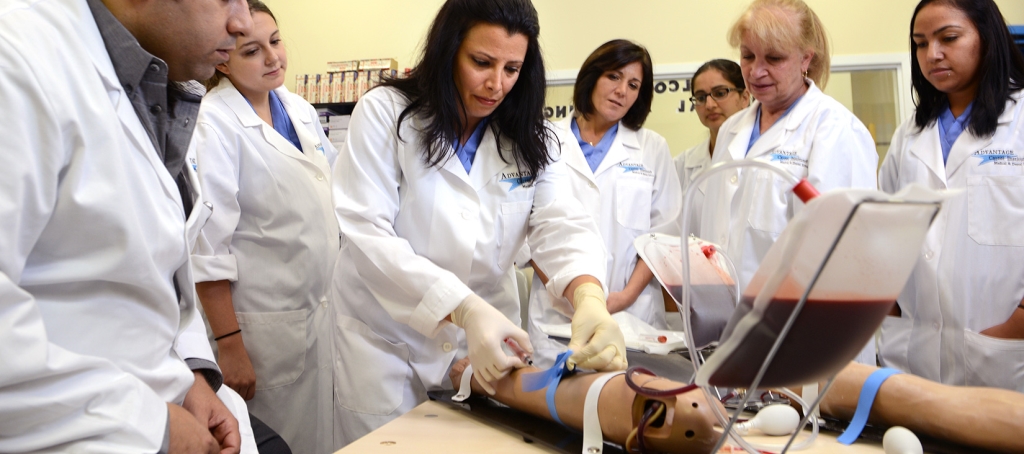Title: Train To Become A Phlebotomist: A Step-By-Step Guide
Introduction:
Are you interested in pursuing a career in the healthcare field? Have you ever considered becoming a phlebotomist? If you have a steady hand, great attention to detail, and enjoy working with people, then a career as a phlebotomist may be the perfect fit for you. In this comprehensive guide, we will explore everything you need to know about training to become a phlebotomist.
What is a Phlebotomist?
A phlebotomist is a healthcare professional who specializes in drawing blood from patients for various purposes, such as medical testing, transfusions, or donations. Phlebotomists play a crucial role in healthcare settings by ensuring that blood samples are collected safely and accurately.
Training Requirements for Phlebotomists:
To become a certified phlebotomist, you must complete a training program that typically includes both classroom instruction and hands-on experience. Here are the steps you need to take to train to become a phlebotomist:
1. Research Phlebotomy Programs: Start by researching accredited phlebotomy training programs in your area. Look for programs that are approved by organizations such as the National Accrediting Agency for Clinical Laboratory Sciences (NAACLS) or the Accrediting Bureau of Health Education Schools (ABHES).
2. Enroll in a Phlebotomy Training Program: Once you have found a program that meets your needs, enroll in the training course. Phlebotomy programs can vary in length, ranging from a few weeks to several months, depending on the intensity of the coursework.
3. Complete Classroom Instruction: During your training program, you will learn about the anatomy and physiology of the circulatory system, blood collection techniques, infection control procedures, and legal regulations related to phlebotomy practices.
4. Gain Hands-On Experience: To become proficient in blood collection techniques, you will need to practice on mannequins and perform venipunctures on live patients under the supervision of a trained phlebotomist.
5. Pass a Certification Exam: After completing your training program, you will need to pass a certification exam to become a certified phlebotomist. The most widely recognized certifications for phlebotomists include the Certified Phlebotomy Technician (CPT) credential offered by the National Healthcareer Association (NHA) and the Phlebotomy Technician (PBT) certification provided by the American Society for Clinical Pathology (ASCP).
Benefits of Becoming a Phlebotomist:
There are numerous benefits to pursuing a career as a phlebotomist, including:
– Job Security: With the increasing demand for healthcare services, phlebotomists are in high demand and can enjoy job security.
– Competitive Salary: Phlebotomists typically earn competitive salaries, with opportunities for advancement in the field.
– Flexible Schedule: Many phlebotomists have the option to work part-time or full-time, allowing for a flexible work-life balance.
– Rewarding Work: As a phlebotomist, you have the opportunity to make a positive impact on patients’ lives by providing essential healthcare services.
Practical Tips for Success:
If you are considering a career as a phlebotomist, here are some practical tips to help you succeed:
– Practice Good Communication Skills: Building rapport with patients is essential for a successful phlebotomy career. Practice active listening and empathy to help patients feel comfortable during blood draws.
– Stay Current on Industry Trends: Keep up to date with the latest developments in phlebotomy practices and technologies to enhance your skills and knowledge.
– Seek Continuing Education Opportunities: Consider pursuing advanced certifications or furthering your education in related healthcare fields to expand your career opportunities.
Conclusion:
Training to become a phlebotomist is a rewarding and fulfilling career choice for individuals who are passionate about healthcare and helping others. By following the steps outlined in this guide and embracing the benefits and practical tips provided, you can embark on a successful career as a certified phlebotomist. Start your journey today and join the ranks of healthcare professionals making a difference in the lives of patients every day.
